Dir. Michael Curtiz – A Hungarian refugee, who had moved to America and became a director for Warner Brothers, where he made 173 films in his career. Knowing about being a European refugee, Curtiz casted refugees to play the majority of extras in Casablanca.
Cast members
Humphrey Bogart – plays Rick
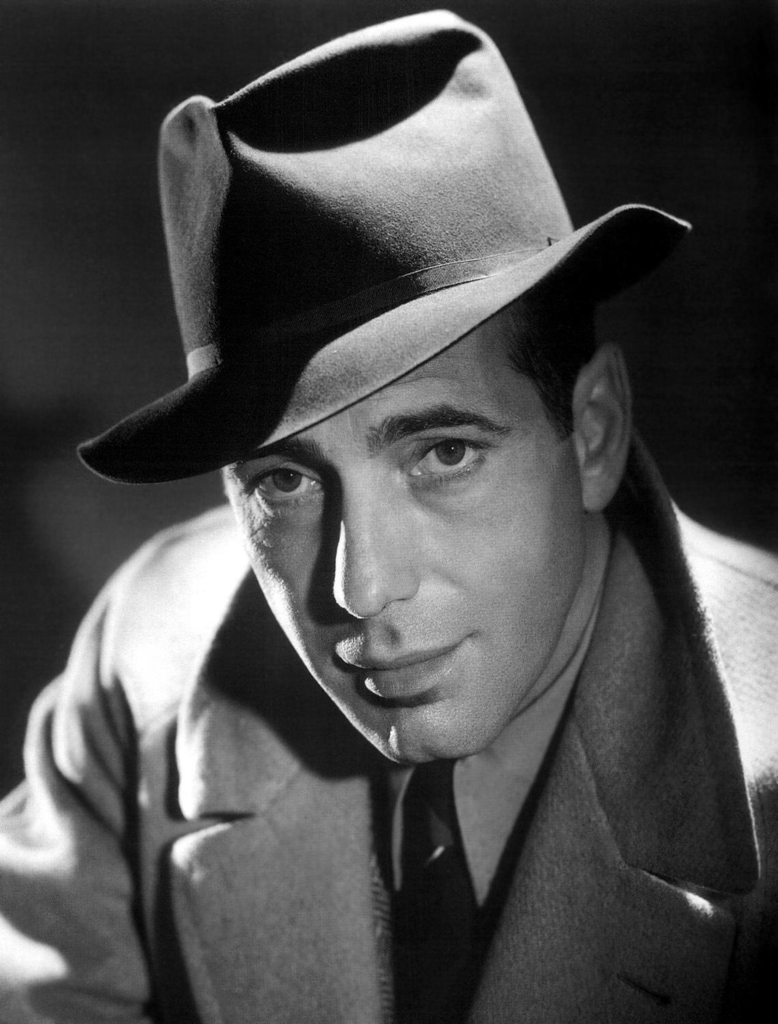
Humphrey Bogart was a veteran Warner Brothers actor prior to Casablanca, but not considered the top actor in the industry. Hadn’t been known for romantic films – but detectives and gangsters. Thanks to his typecast of gritty and cynical characters, the producer, Wallis, saw him as the ideal actor to play a character like Rick. For example, he starred in The Maltese Falcon in 1942, where he payed a private detective and Passage to Marseille that was also directed by Michael Curtiz.
Ingrid Bergman – plays Ilsa Lund
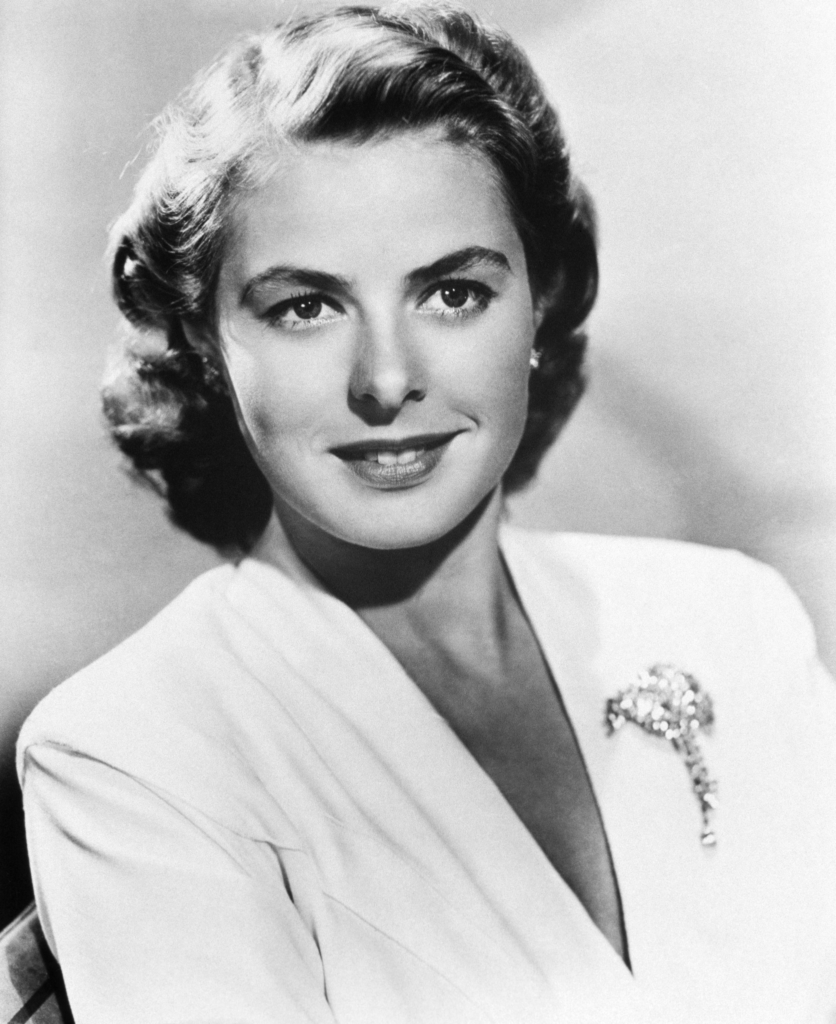
Ingrid Bergman became a star after Casablanca, and became highly sought after. She had been 26 when she got cast, and was considered ‘exotic’ – Curtiz liked the idea of having a foreign woman to play Ilsa Lund. She had been acting in Sweden, before starring in Casablanca. For example, she played an orphan in a Swedish film in 1936 in On the Sunny Side
Paul Henreid – plays Victor Laszlo
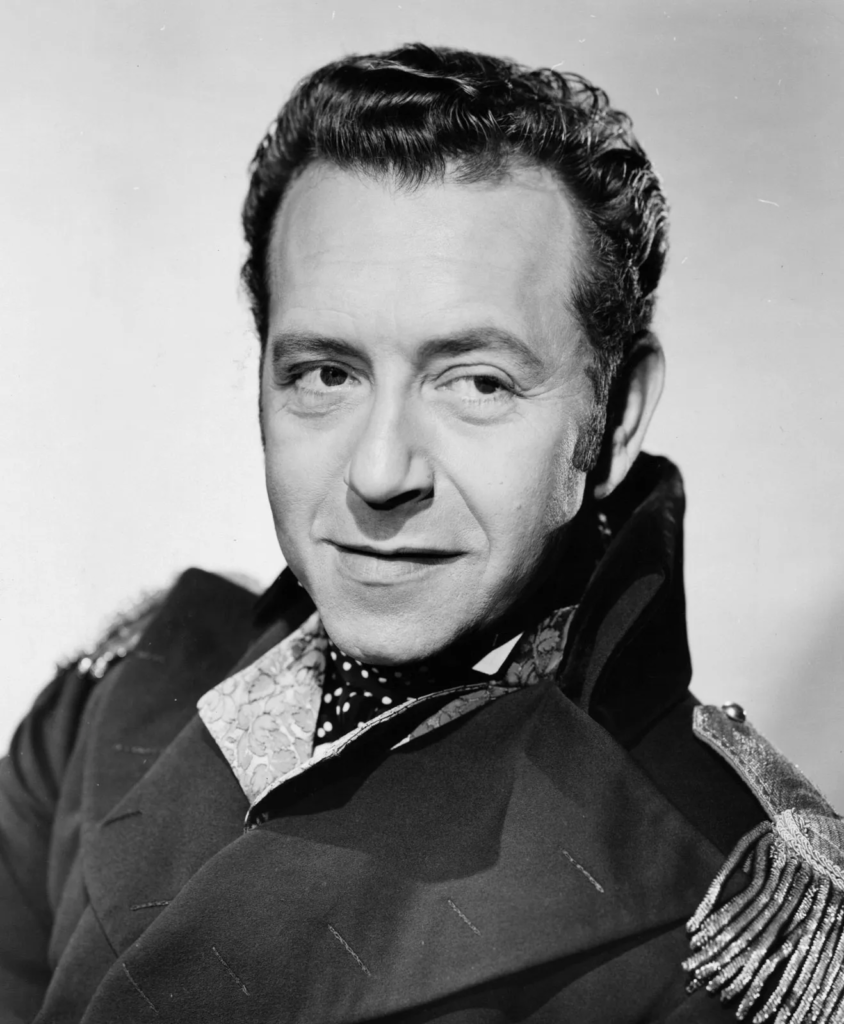
Paul Henreid was an Austrian-born actor who initially appeared in British films before moving to the U.S. in 1940, where he starred in Casablanca. He has starred in other films after Casablanca such as The Spanish Main, Deception and Rope of Sand. Victor Laszlo’s unquestionable disdain for the Nazis initially attracted Henried to the character.
Claude Rains – plays Captain Louis Renault

Rains played a variety of leading and supporting role since the beginning of his acting career at the age of 11. He had experience playing criminals, aristocrats, politicians, spies and many other roles, which made his highly versatile and suitable for the character of Renault. Examples of his films are Mr. Smith Goes to Washington and Notorious, which he co-starred in with Ingrid Bergman after Casablanca.
Conrad Veidt – plays Major Heinrich Strasser
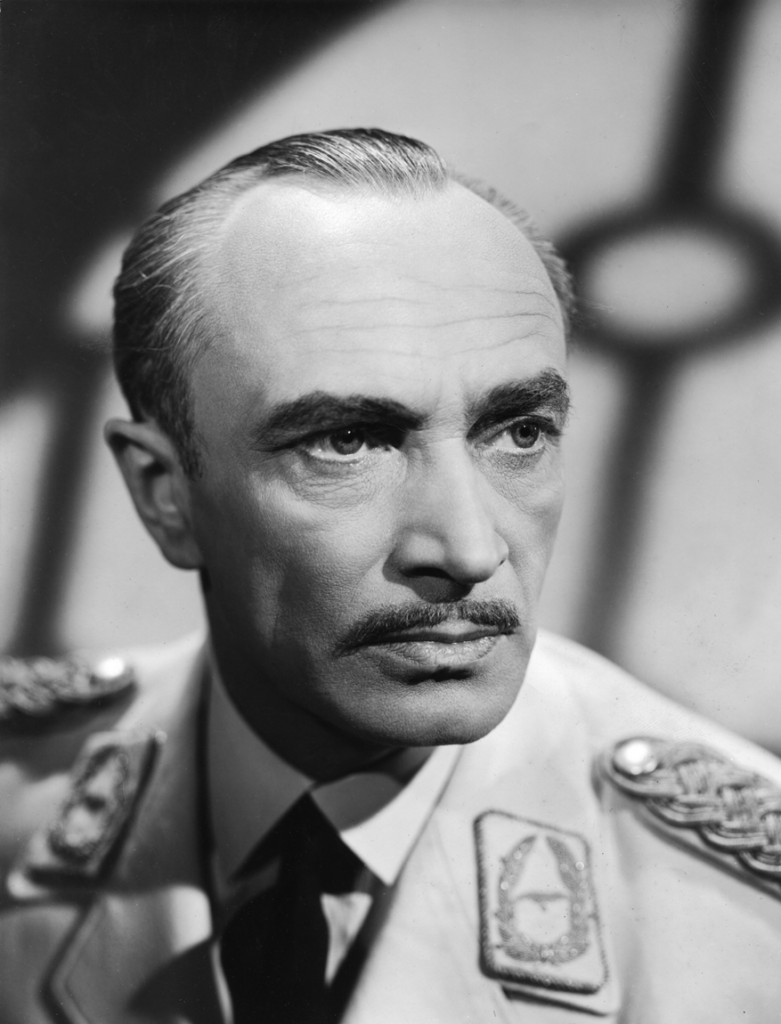
Veidt was a German-born actor who opposed the Nazi regime and their antisemitic values, which drove him to move to Britain, where he starred in anti-Nazi films, and then he moved to the US permanently in 1941. He started his career in Germany, where he starred in roles throughout the 1920s, even becoming visual inspiration for the Batman villain the Joker. He died in 1943, Major Strasser being his last role to be released during his lifetime.
Sydney Greenstreet – plays Signor Ferrari

Sydney Greenstreet was initially a theatre actor, and toured in Britain and his roles ranged from musical comedy to Shakespeare. He refused to appear in films until he was 61, where he began working for Warner Bros. He co-starred with Humphrey Bogart in The Maltese Falcon in 1941, and then Casablanca in 1942.
Peter Lorre – plays Ugarte
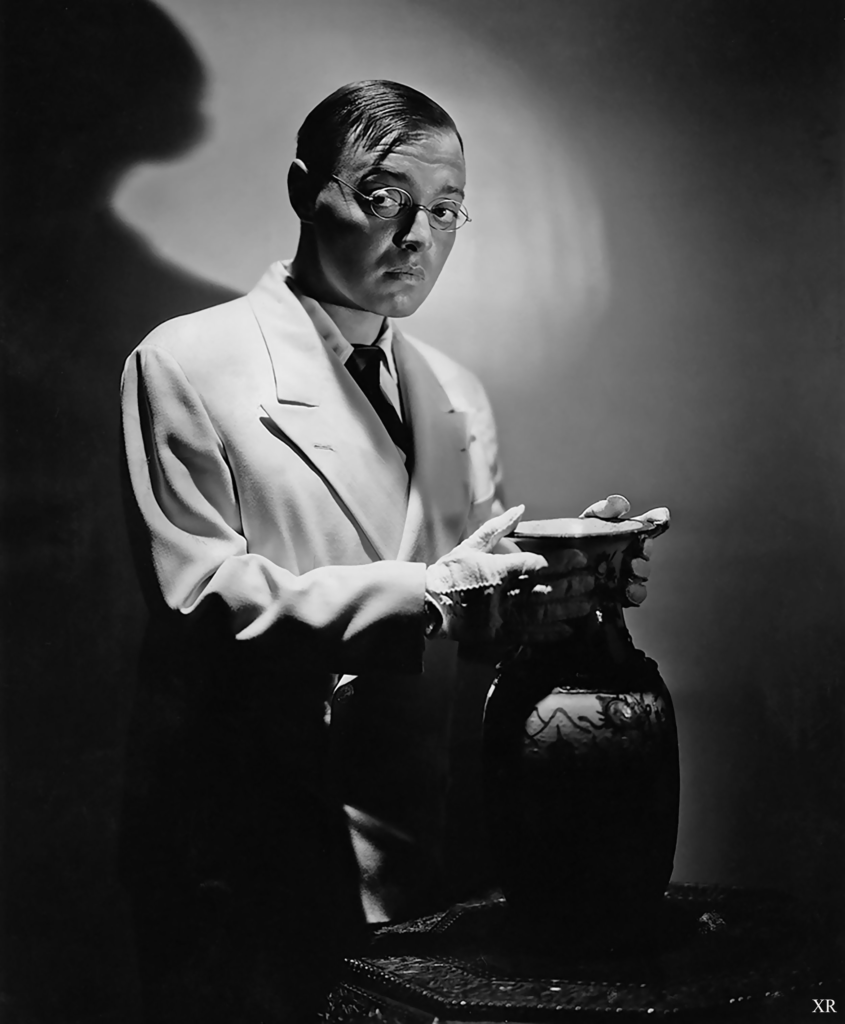
Lorre was a Hungarian actor who was known for films in Vienna and Germany, before he settled in Hollywood after the Nazi Party came to power in 1933. He became a featured actor in many Warner Bros. crime and mystery films, such as The Maltese Falcon, before acting in Casablanca in 1942.
S.Z. Sakall – plays Carl

Sakall is a Hungarian actor who became a star of the stage in the 1910s and 20s, before moving to Vienna where he appeared in films. He then moved to Berlin for a short while, where he even ran his own production company. However, after the Nazi Party came to power in 1933, he moved to Hollywood. Sakall played many supporting roles in musicals and other films of the 1940s and 1950s after Casablanca in 1942.
Madeleine Lebeau – plays Yvonne
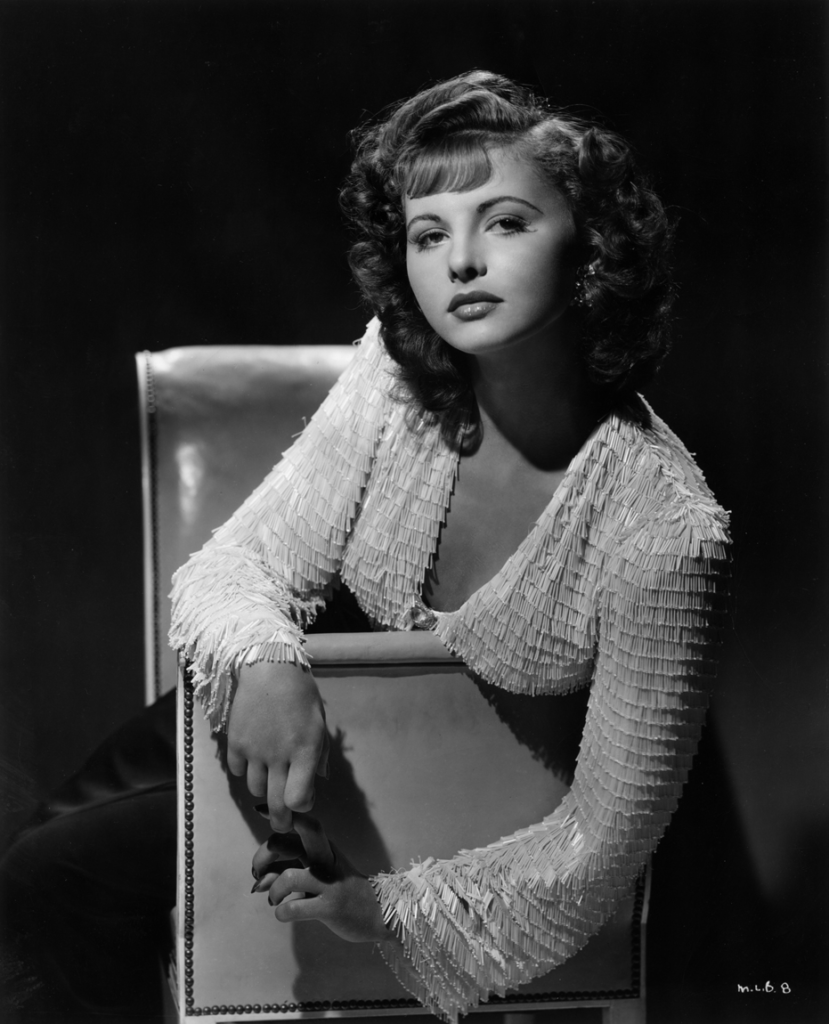
Lebeau had initially appeared in a French film as a student, and uncredited role, in 1939. Her and her husband, actor Marcel Dalio, who she had met while performing a play, fled Paris in June 1940 ahead of the invading German Army and reached Lisbon. Once reaching Hollywood, Warner Bros. signed Lebeau to a $100 a week contract for 26 weeks to be on a number of films after she was cast as Yvonne in Casablanca.
Dooley Wilson – plays Sam

Wilson was a known drummer and singer, who led his own band in the 1920s that toured nightclubs in London and Paris. He had only taken up acting in the 1930s, where he was playing supporting roles on Broadway. His role in Casablanca was his most prominent, though he continued to act in other Broadway shows such as Bloomer Girl (194-46).
Joy Page – plays Annina Brandel

Page’s mother married Jack L. Warner, the then head of Warner Bros. studios, though her step-father did not encourage her interest in acting. Her first film was Casablanca, which she was cast in when she was only 17, without the help of her step-father, who reluctantly approved. She went on to act in films for other studios, as her step-father refused to sign her to a contract. This includes a featured role in Kismet in 1944.
John Qualen – plays Berger

Qualen reached Broadway after leaving University to join a Toronto-based travelling troupe as an actor, where he gained his big break in 1929 playing a Swedish janitor in Street Scene. His film career began when he reprised the role for a film adaptation. He appeared in many films such as The Grapes of Wrath before being cast as a Norwegian resistance member in Casablanca.
Mise En Scene in Casablanca
- Excellent example of the Hollywood Studio System
- Slightly over the top as it was filmed on a backlot on the Warner Bros. studio – not really meant to represent the real Casablanca
- However, it suggests exoticness, just as some of the stars did
- Every element stands out – fringe on the lamps, large, exotic plants etc.
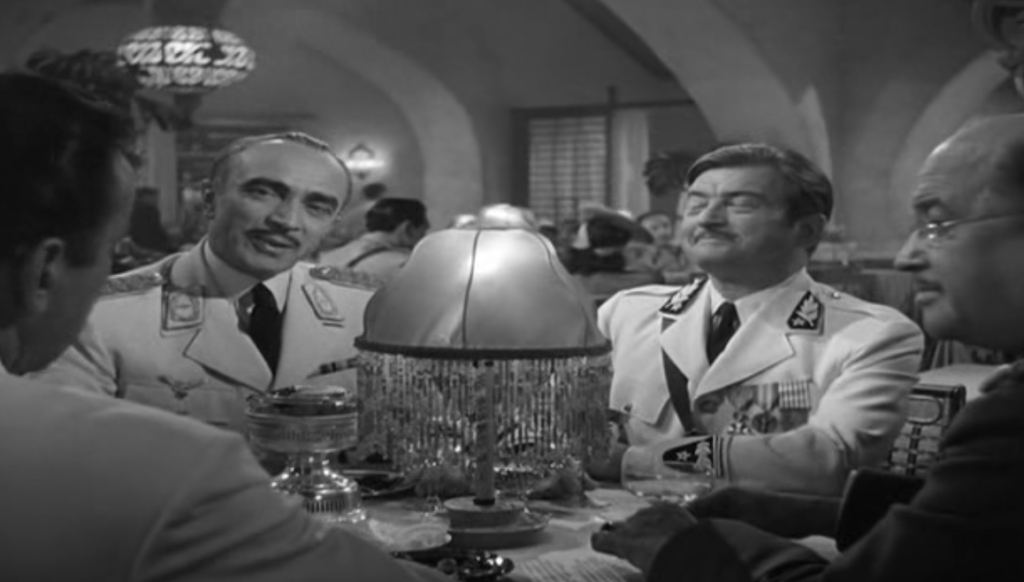
- Lighting contributes to cinematography
- Lighting helps to suggest emotions that the characters are feeling
- E.g. 1: Close ups on Ingrid Bergman suggests emotion
- E.g. 2: Darkness on Ilsa and Rick represents the intimacy between the two – lighting goes dark when they are dancing in Paris and infers that the two realised that they are in love with each other
- E.g. 3: Darkness before the flashback scene suggests Rick’s sadness

- Costume adds another layer to the mise-en-scene in Casablanca
- Each characters have a colour palatte
- There are no wrinkles or imperfections in any of the costumes, and many believe Bogart’s to be the most glamorous of all of his roles.
- Hats became a signature feature of the costumes in Casablanca – often seen on Bergman’s character Ilsa and is widely believed to be a suggestion to innocence.
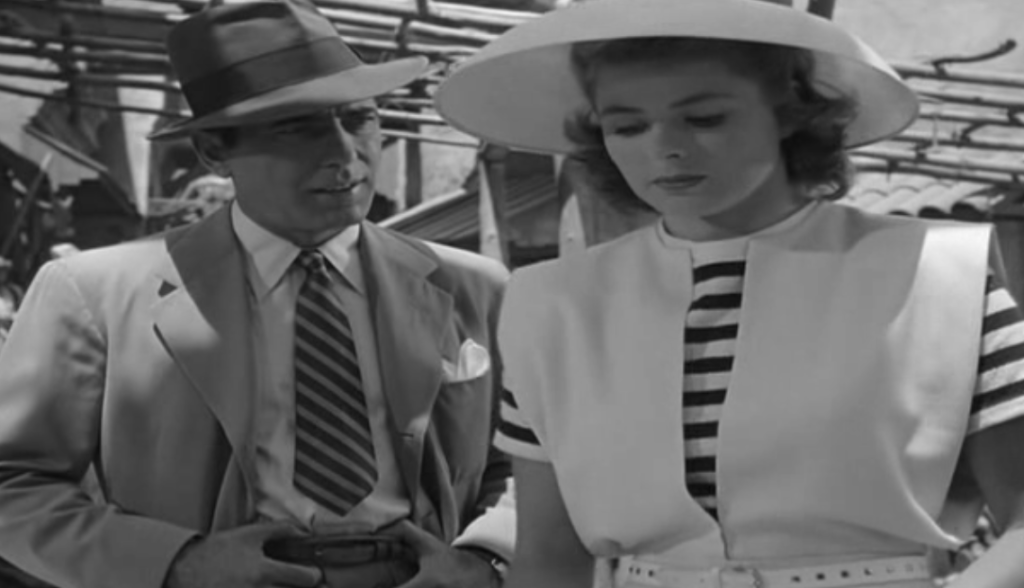
Editing in Casablanca
- Quick – the film is 1h 30, but it goes by very quickly
- Pace is very effective – e.g., when Rick is helping the young couple to win money to buy an exit visa from Casablanca – helps to build tension between the characters
- E.g. When the young couple are trying to win money for an exit visa by playing roulette, the editing is fast and builds tension in the audience as they don’t know whether Rick is going to get caught rigging the game or not
- Therefore, this helps to suggest information about different characters
- For example, before the flashback to Paris, the camera tracks in on Rick’s face before pausing at around a medium close up, as if hesitating to remember Paris, before fulling tracking in to a close up to transition into the flashback
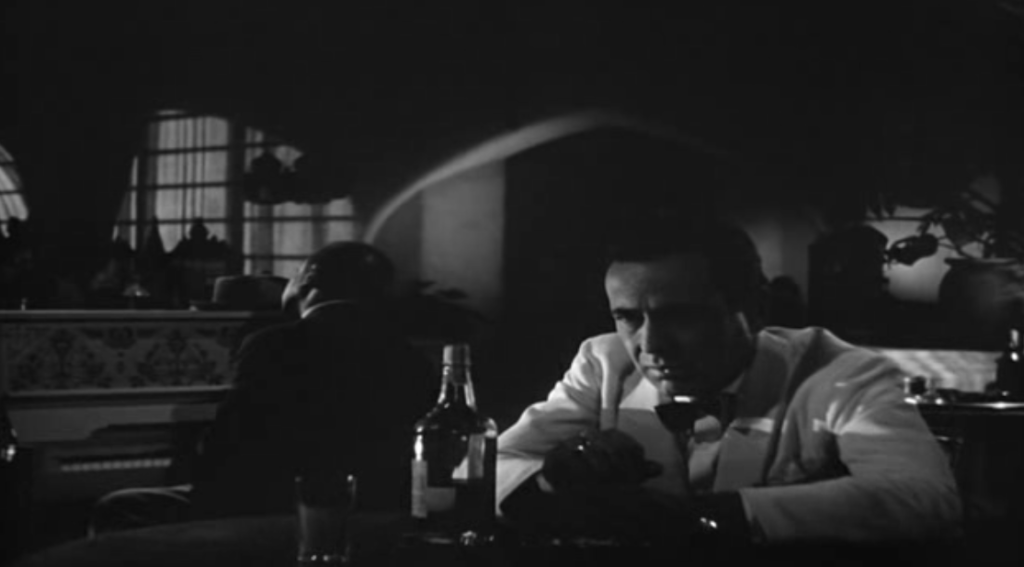
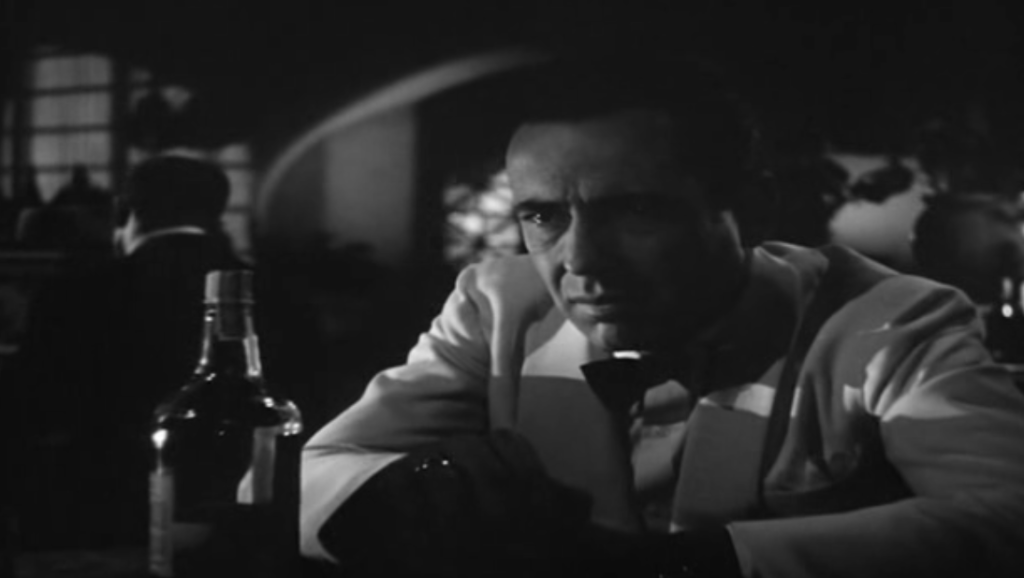
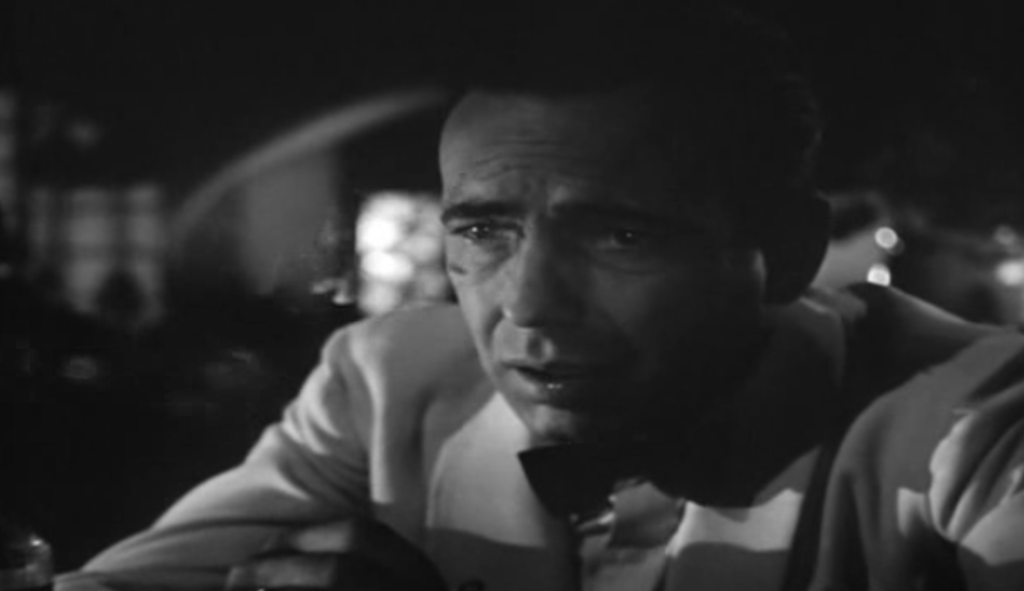
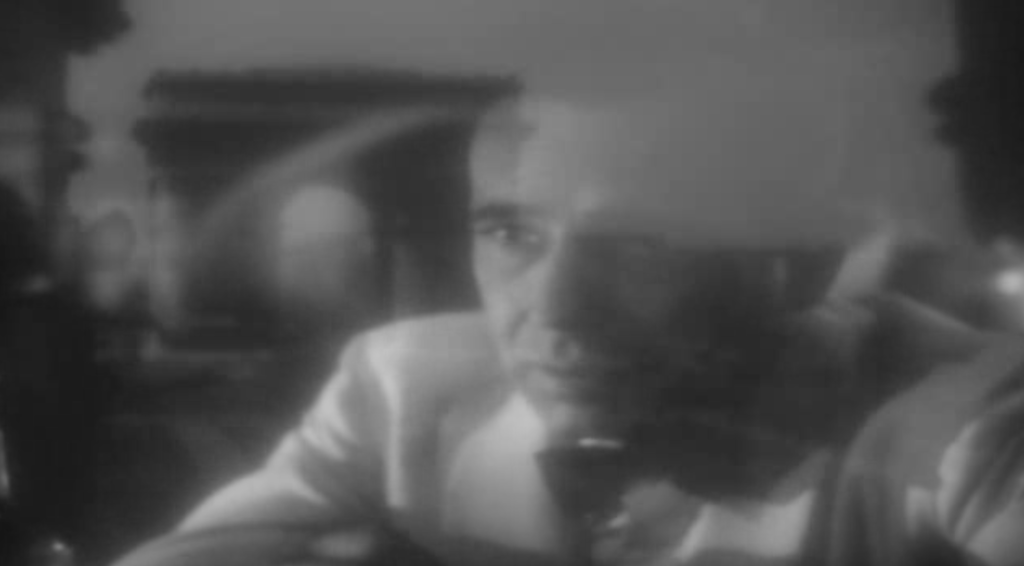
Sound in Casablanca
- La Marseillaise is sung by all of the customers at Rick’s – almost feels like a musical number within the narrative
- This is the French national anthem – feels very patriotic
- The characters do as well, evidenced by the emotional look on their faces
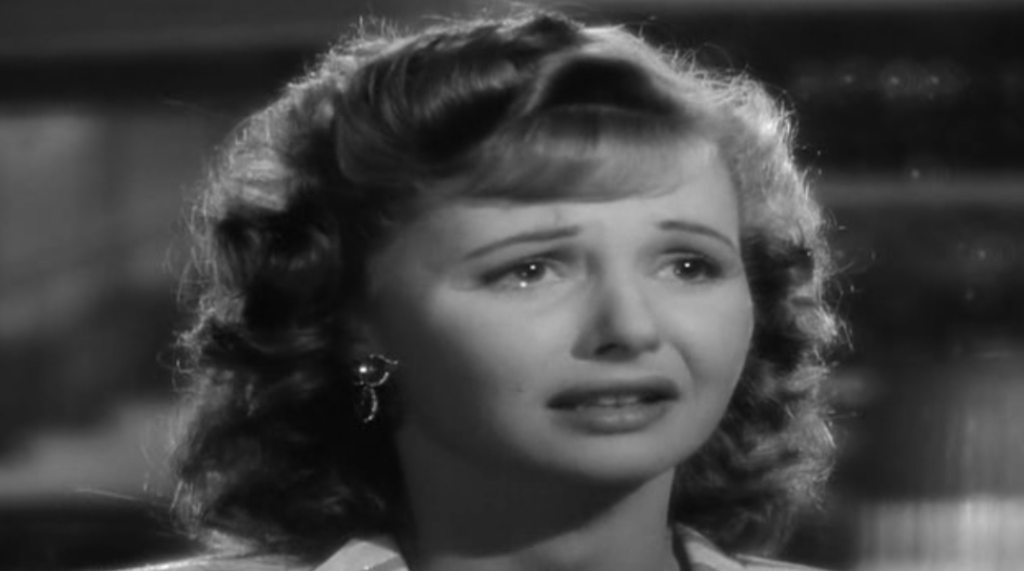
- Also acts as a competition between the Germans and everyone else – represents how despite some of France being occupied by the Germans, they knew that they would win the war
- Score composed by Max Steiner
- The music helps to reflect the characters
- E.g.: The music becomes dark and heavy when the Nazis arrive in Casablanca
- As Time Goes By was originally written for a Broadway show
- Steiner hated the song + almost got it re-filmed with a different one, but Ingrid Bergman had a different haircut
- Therefore, Steiner decided to make it a musical motif for the song and imbeds it in other aspects of the score
Aesthetics in Casablanca
- The general aesthetic of Casablanca can be considered hyperrealism due to it’s over-the-top style
- It had been filmed in a Warner Bros. backlot, and wasn’t meant to represent the real Casablanca
- Despite this, the film does have high Verisimilitude as while it wasn’t meant to represent the real Casablanca, it does feel like it could be a real place somewhere
- While there is a romantic undertone in the film, there is still the wartime backdrop, which gives it a tense tone because it is unpredictable.
- Casablanca, while not the typical genre of a film noir, is clearly filmed in black and white
- Therefore, the director had to work with the lack of colour to represent different character’s ideals, beliefs and overall style
Themes and issues:
Isolationism: The belief that the Second World War was ultimately a dispute between foreign nations and that the U.S. had no good reason to get involved.
What was the American’s view on the Second World War?
88% of Americans opposed the idea of declaring war against the Axis powers in Europe. FDR also declared that while the U.S. would remain neutral in law, he could not ask that every American would also remain neutral in thought.
Producer:
Hal B. Wallis was the producer of Casablanca, and he put the team of writers together, coordinated scenes etc. As well as this, he oversaw the production of the film and he also brought the script for Casablanca. He had a lot of control over how he wanted Casablanca to look and therefore, the film started to turn into a piece of propaganda due to the timing.
Representation in Casablanca
Women:
While there aren’t many female characters throughout Casablanca, there are stand out performances from the leading actress Ingrid Bergman playing Ilsa and Madeleine Lebeau playing Yvonne, who is represented as an incapable and almost needy mistress to Rick. Bergman’s character, however, is represented far more as a capable woman that doesn’t just accept things as they come; she confronts Rick when he doesn’t want to speak to her and even threatens to kill him over the letters that he has from the two German soldiers that were killed at the beginning of the film.
Refugees:
Refugees make up a significant amount of the characters, considering the fact that Casablanca was a place where refugees would get stuck trying to get an exit visa to Lisbon, and then America. They represent many nationalities; 34 having been cast, with a large majority of the extras being European refugees too. In the film, refugees are represented in many ways depending on their nationalities. For example, the German couple who are celebrating finally getting an exit visa are represented in a very comedic way, by talking about how they are going to get along well in America all the while speaking in unusual ways because German is spoken differently to English.
Men:
A lot of the time in Casablanca, men are represented as the saviour character in away, such as Victor Laszlo who is shown to be a typical resistance character. Rick is presented to be cynical and a realist; he doesn’t stick his neck out for anyone, but at the same time, he could also be considered as a character that people would swoon over because of his stoic personality. However, there are some men who are represented to be sleazy and rude like the Germans, which reflects the attitudes towards the Germans at the time due to the Second World War.
People of colour:
There is only one main character that is a person of colour; Sam, who is played by Dooley Wilson. He is represented to be an upbeat and optimistic character, which almost shows the attitude towards musicians who are people of colour like Louis Armstrong. They also represent other people of colour like the non-refugee population of Casablanca. However, they are presented a little more negatively-trying to scam Ilsa into buying fabric.
Historical and Political Context in Casablanca
Allies: Britain, USA and USSR (+France)
Axis: Germany, Japan and Italy
France: Begins as an allied power, but soon into the war they were invaded and surrendered to the Germans. However, some soldiers decided to continue to fight – known as the Three French. Vichy France was a territory with its own government that was basically a ‘puppet’ to the Germans, a non-occupied zone.
Morocco was part of the French empire and was controlled by Vichy France.
1939 – Second World War starts
1941 – America joins the war after the bombing of Pearl Harbour by Japan
Casablanca came out at perfect timing because the war hadn’t been going well for the Allies, but it came out when Churchill and Roosevelt had a meeting in Casablanca. It gave the Allied populations hope for the war and their futures.
“It captured the zeitgeist” – the defining mood or spirit of a particular period in history.
Operation Torch – A compromise operation that aimed to divert attention from the Eastern Front (take pressure off the Soviet Union), which allowed American forces the opportunity to invade North Africa and begin their fight against Germany and Fascist Italy. Began on 8th of November 1942
Casablanca had its world premiere on the 26th of November 1942 in New York City and then had its general release on the 23rd of January 1943.
The cinema would be a very popular way of learning about what’s happening in the news, as well as the radio and newspapers.
Casablanca Conference – A meeting between U.S. President FDR (Franklin D. Roosevelt) and British Prime Minister Winston Churchill. Joseph Stalin declined to attend. This was a finalisation of Allied strategic plans against the Axis powers. It lasted from the 14th January to the 24th, 1943.
Good research and well illustrated